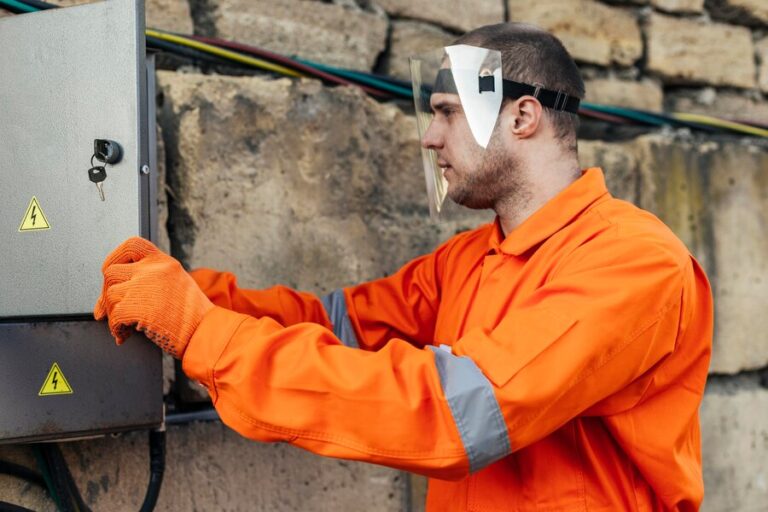Within the current linear (“take-make-waste”) business model, deconstruction is almost non-existent. The exception to that rule currently includes finish materials such as doors, finish fixtures, windows, and cabinets. Due to their standardized sizing, or modular assembly techniques, they are easy to uninstall, relocate, and reuse on another project.
Unfortunately, those items represent a fraction of the materials used to construct a commercial building. Deconstruction gives many other infrastructure items such as steel columns & beams, plumbing lines & fixtures, HVAC ducting & equipment, and electrical cabling & conduits a “new life” as part of another construction project.
Why Deconstruction Improves Sustainability
Since both deconstruction and sustainability are crucial to a circular economy business model, let’s start by defining the term. According to the Ellen MacArthur Foundation, “A circular economy aims to redefine growth, focusing on positive society-wide benefits. It entails gradually decoupling economic activity from the consumption of finite resources and designing waste out of a system. Underpinned by a transition to renewable energy resources, the circular model builds economic, natural, and social capital.”
Embracing a circular economy provides substantial benefits, especially for high-waste industries like construction, remodeling, and built environment operations. Another report by the Ellen MacArthur Foundation found that a circular economy approach can save up to 40% of the energy used in real estate, thereby reducing carbon emissions by 38%.
Design Strategies for Deconstruction
Fully embracing the circular economy business model requires building materials and product manufacturers to adopt the following five criteria when designing new products and building materials.
Design for Disassembly
Many of the materials and products currently used by the construction industry are based on the linear business model. At the end of their lifecycle, they typically become waste for the landfill.
To adopt a circular economy business model, building material and product manufacturers must design products that simplify the deconstruction process by:
- Featuring reversible assembly techniques
- Utilizing standardized connection points
- Embracing modular construction techniques
Products with these design features are easy to disassemble, which reduces removal and reinstallation costs for the property owner.
Deconstruction Planning
Most blueprints today serve a singular function; they provide instructions for contractors to follow during the construction phase of a project. To facilitate future deconstruction and material reuse, architects and designers should:
- Develop deconstruction plans as an integral component of the conceptualization and planning process.
- Prioritize salvage, reuse, and recycling options as part of the original design process for any new construction project.
- Provide a systemic disassembly roadmap for future owners, contractors, and third-party service providers.
As the circular economy grows, properties with deconstruction plans will have a higher selling price point and perceived value than those without.
Prefabrication and Modularity
The deconstruction process can be surprisingly quick and efficient by utilizing prefabrication techniques and incorporating standardized connection points. Shorter project timelines translate into lower labor costs for the property owner and greater schedule flexibility for contractors.
Deconstruction Materials
To further simplify the deconstruction process, manufacturers should incorporate low-toxicity materials that can be recycled when not reused in their current state.
While steel is the most recycled product, other materials or products made from concrete, aluminum, copper, glass, brass, zinc, tin, and wood can be easily recycled into new products. While reuse is the preferred option, recycling contributes to the circular economy model by eliminating the labor and energy costs required to harvest raw materials from the environment.
Salvage and Reuse
Salvage and reuse considerations must remain available under the current linear business model. As the circular economy replaces that model, salvage and reuse become a core design component for architects and designers to consider during the planning stage of each project.
Products that are easy to remove and reinstall simplify the deconstruction and reconfiguration process and help promote the monetary and societal benefits of green building and sustainable building products.
Less work is involved on the front end of a project when deconstruction gets addressed during the initial design process. Planning for future deconstruction will reduce future labor costs, creating a win-win situation for the involved parties.
As the integration of salvaged and reclaimed materials becomes commonplace, the associated planning and labor costs will continue to decrease for property owners.
The five deconstruction principles outlined here are essential to the success of the deconstruction process, which is a core component of the circular economy business model.







